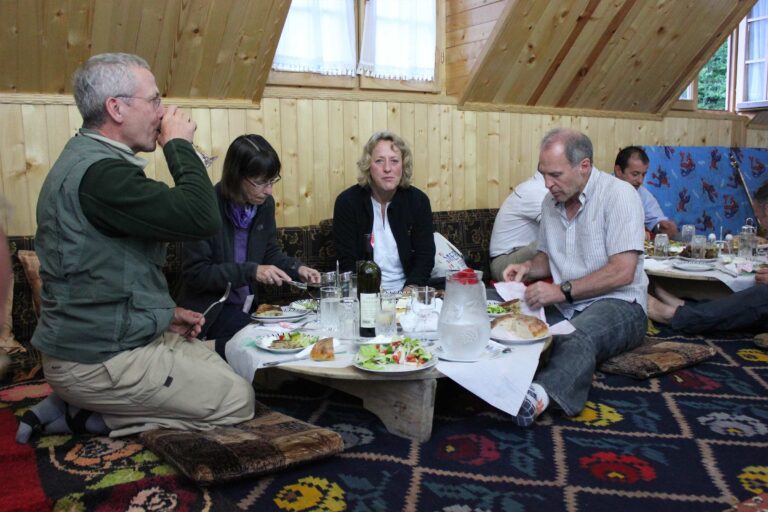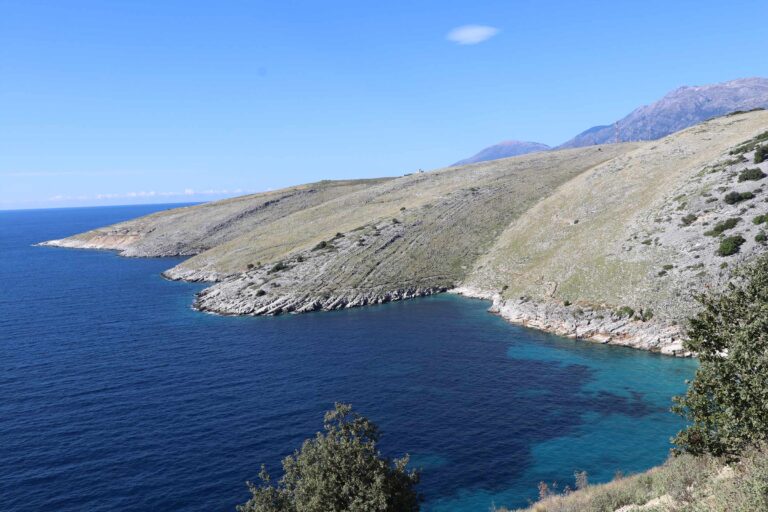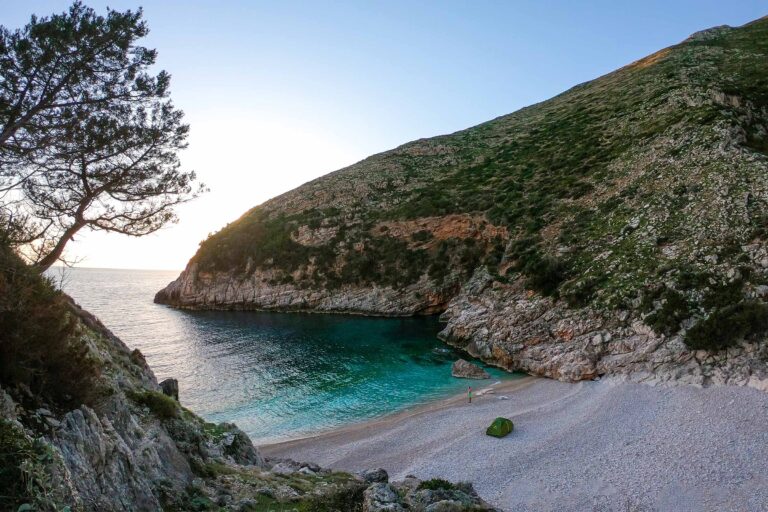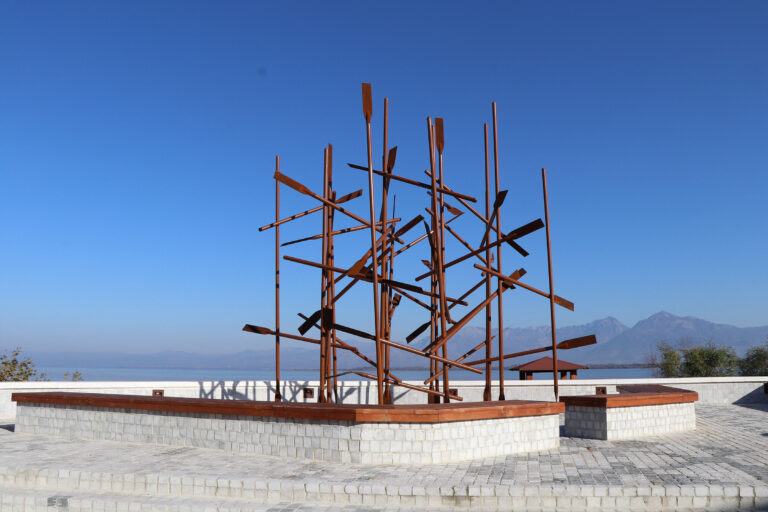Direction Kruja.
Beautiful winding road to the Llogara pass. The itinerary winds along the albanian Riviera, offering plunging views of a turquoise sea, a symphony of colours and rich landscapes where each moment of the day will unfold its nuances of colours like a painter in his canvas.
Arrives at the pass of Llogara at an altitude of more than 1000 meters. The place offers a breathtaking view of the Ionian Sea.
Arrival in Vlora. Visit of its historic center, Independence Square, where Ismail Qemali raised the national flag and proclaimed Albania's independence on 28.11.1912. Unfortunately, two years later, Italian troops invaded Albania.
Stop for the visit of the archaeological site of Apollonia in Fier. Exceptionally preserved, it is said to the city has been built in the 6th century BC by Greek colonists from Corfu and Corinth. It was an obligatory passage point for travellers taking the Via Egnatia. The city took off in the 4th century and became an important place of exchange and trade that could accommodate up to 40,000 people. The site is home to an archaeological museum, the church of Saint Mary and its monastery.
Stop and relax inside the Divjake-Karavasta National park. It is one of the country’s foremost birding destinations featuring an astounding mix of more than 228 species of resident and migratory birds of which almost 15 species are globally endangered such as the dalmatian pelican.
Head to Kruja, an old medieval town. Visit of the museum of Skanderbeg, one of the most visited places in Albania. Accessible via the bazaar, it is located in the heart of the historic citadel of Kruja and is dedicated to the Albanian national hero, Gjergj Kastrioti Skanderbeg. The museum also has a collection of objects dating back to most of the wars between Albanians and Ottomans in the 15th century.
Overnight at the hotel.






